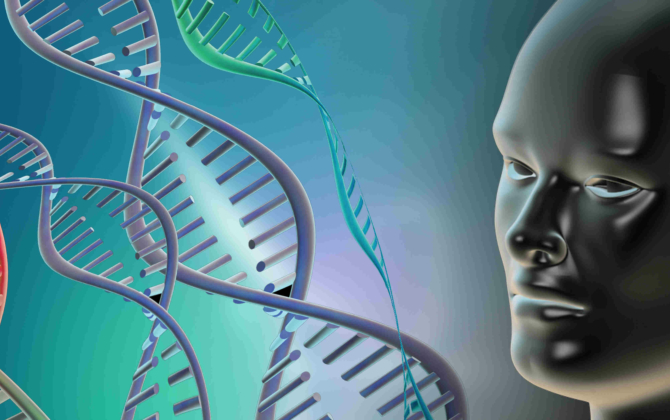Jump to
Both genetic and environmental factors are involved in the development of bipolar disorder, a severe mood disorder characterised by oscillations from normal mood to periods of elevated mood (mania) or low mood (depression). Dr Jan Fullerton and Professor Peter Schofield are investigating the genetic contributors to bipolar disorder using Australian families with multiple individuals who have been diagnosed with the disorder. Together with PhD student Erica McAuley, the group has recently identified a bipolar susceptibility locus located on chromosome 15 in a pooled analysis of 35 families. Further, more detailed analysis of this region using a newly acquired campus Illumina beadstation facility for the analysis of SNP markers has identified a single gene, which confers an increased susceptibility to bipolar disorder. They are now aiming to understand how these alterations translate into an increased genetic susceptibility by characterising the biological pathways involved.
Because of the complex pattern of genetic transmission, they expect that multiple genes will contribute to susceptibility to bipolar disorder. It is possible that combinations of genes will be stronger risk factors for developing bipolar disorder than individual genes, so they are examining gene-gene interactions (genetic epistasis) throughout the genome to identify genes which, in concert, may increase susceptibility. This analysis has led to the identification of multiple such interacting regions, and they are now seeking to identify the specific genes involved in these interactions.

